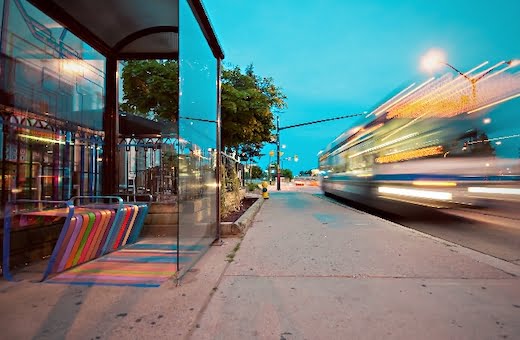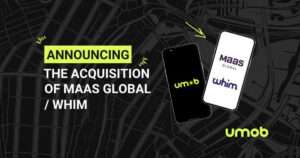Bus, tramway, metro, parking relay, train, self-service bicycle, scooter, VTC, rental car, … Today, we have a real range of mobility services. Not always easy to find each other, Maas (Mobility as a service) is today a real revolution. By grouping the entire transportation offer within a single platform, the passenger experience is greatly improved. There is no more need to juggle between different applications. Users can plan and book their transportation on a single platform. But beyond the technical aspect, MaaS highlights a new approach based on interoperability and intermodality. Zoom in on this new form of mobility pushed by MaaS, adapting and combining different modes of transportation.
“Use only one mode of transportation”, a popular daily habit.
De nos jours, la multimodalité ou encore l’intermodalité sont loin d’être des pratiques adoptées au quotidien. En effet, d’après le Baromètre des Mobilité du quotidien – édition 2019, 64% des Français ont l’habitude d’utiliser un seul mode de transport sur la majorité de leurs déplacements. Sachant que sur ces 64%, 82% utilisent uniquement la voiture. Comme énoncé dans l’un de nos précédents articles, la voiture reste à ce jour le mode de transport préféré. Et ce pas seulement, en France.
Nowadays, multimodality and intermodality are far from being everyday practices. Indeed, according to the Daily Mobility Barometer – 2019 edition, 64% of French people are used to using a single mode of transportation on the majority of their trips. Of these 64%, 82% use only the car. As stated in one of our previous articles, the car is still the favourite mode of transportation. And not only in France.
What is the reason for this ? Mainly out of habit, ease but above all obligation. Indeed, some areas are not always accessible by public transit. According to the UTP’s Mobility Observatory, only 28% of the french metropolitan territory is served by public transport. Areas, often rural or outlying areas, which are today totally isolated. More than 8 of 10 French residents living in rural communes say they do not have the opportunity to choose between different modes of transport. This figure is highly correlated with car use. In fact, 9 out of 10 residents in these areas use their car every day. This compares with only 6 in large cities and 4 in Paris.
Intermodality, a way to limit car use
Although accessibility remains a topical issue for local authorities and the AOMs (Mobility Organizing Authorities), it is not always easy to set up new lines or extend the transportation network. For reasons of budget or time, the solution may be to get the user to reduce the number of kilometers traveled by car. How can this be done? For example, by dropping off their car in a parking lot to take a bus or even a self-service bicycle. According to a study by BMW, nearly 3 out of 10 French people are used to combining several modes of transportation on their home-work trip.
In 20 years, there have been three times as many intermodal trips accounted for, according to the “synthesis of the more intermodal mobility thematic workshop” of the National Mobility Forum. In the majority of French conurbations, there has been an increase of more than 140% in journeys combining public transport and cycling. Or, more than 66% more trips combining public transport and car.
Rather encouraging figures. However, nearly 4 out of 10 French people perceive intermodality as painful and time-consuming. With 1 in 2 people feeling ill-informed about the mobility services available to them, it is important to rethink and simplify access to mobility. How via MaaS platforms. Solutions to inform and simplify the travel experience. Approved by 59% of Europeans, according to the “Observatoire des mobilités émergentes 3“, MaaS solutions now make it possible to save users a lot of time.



